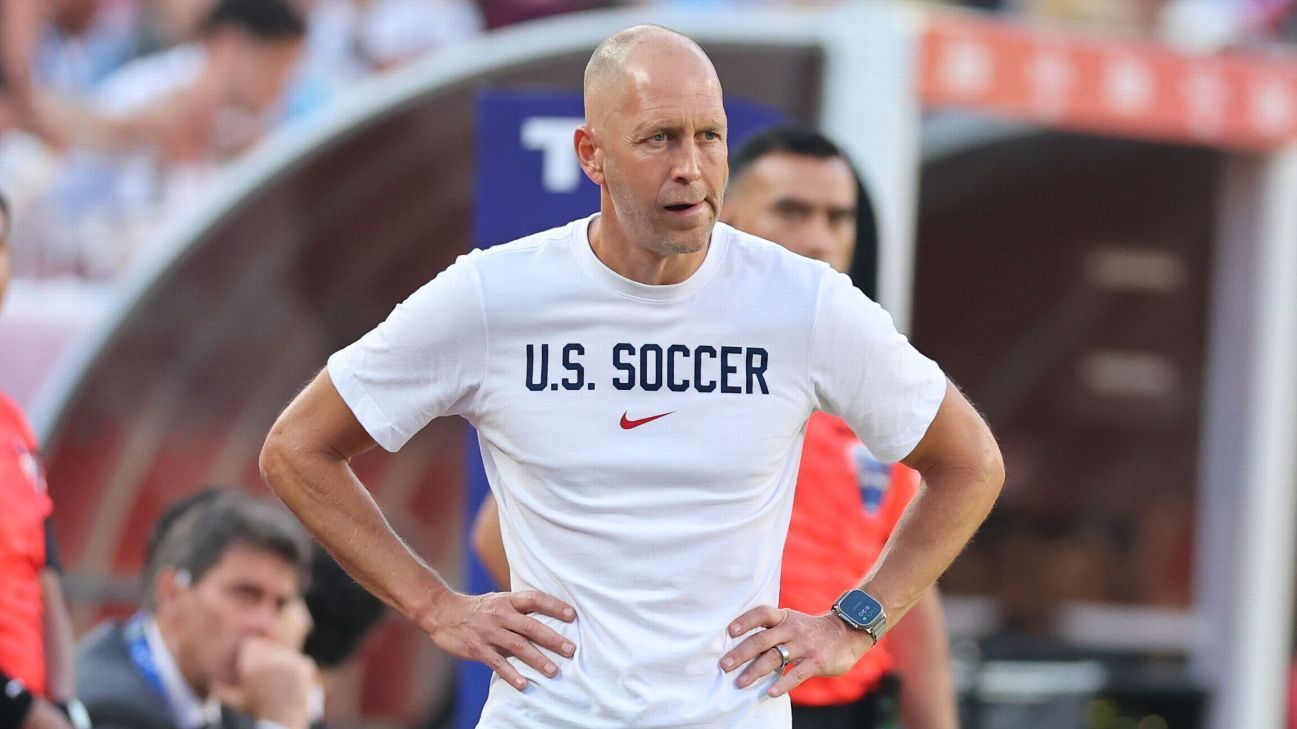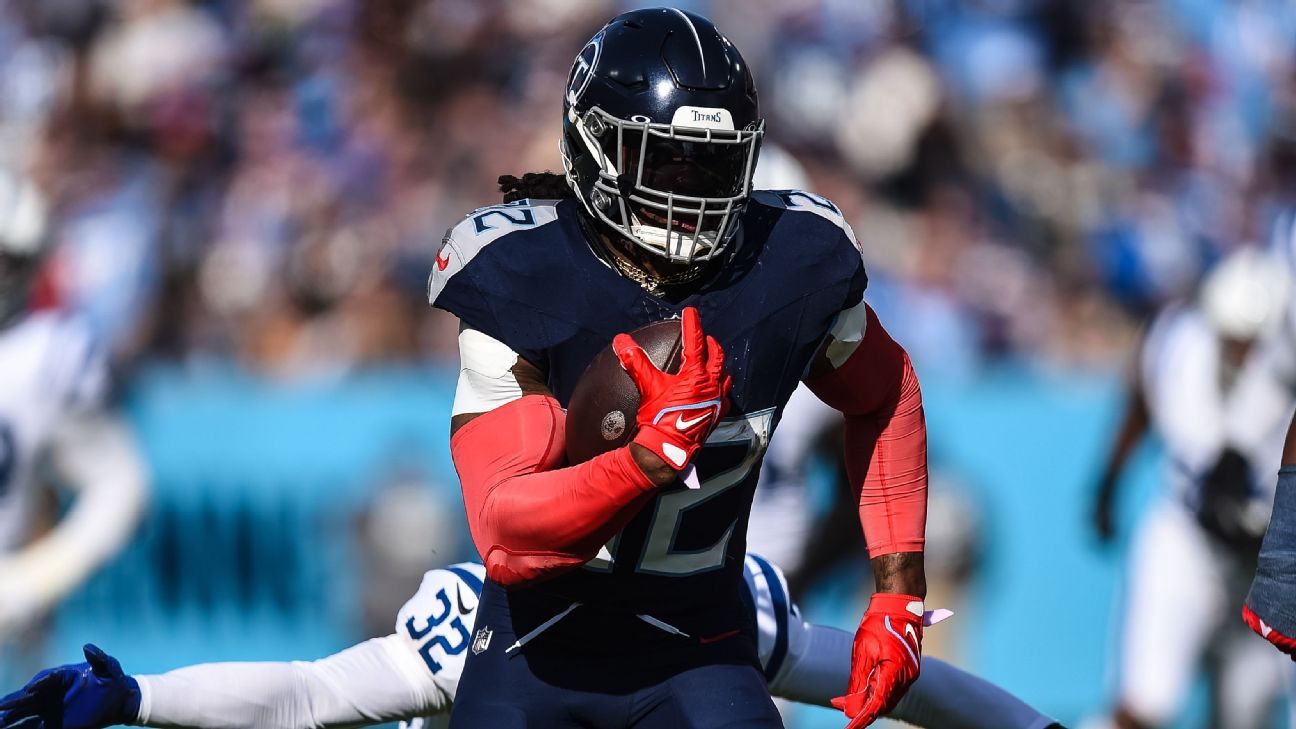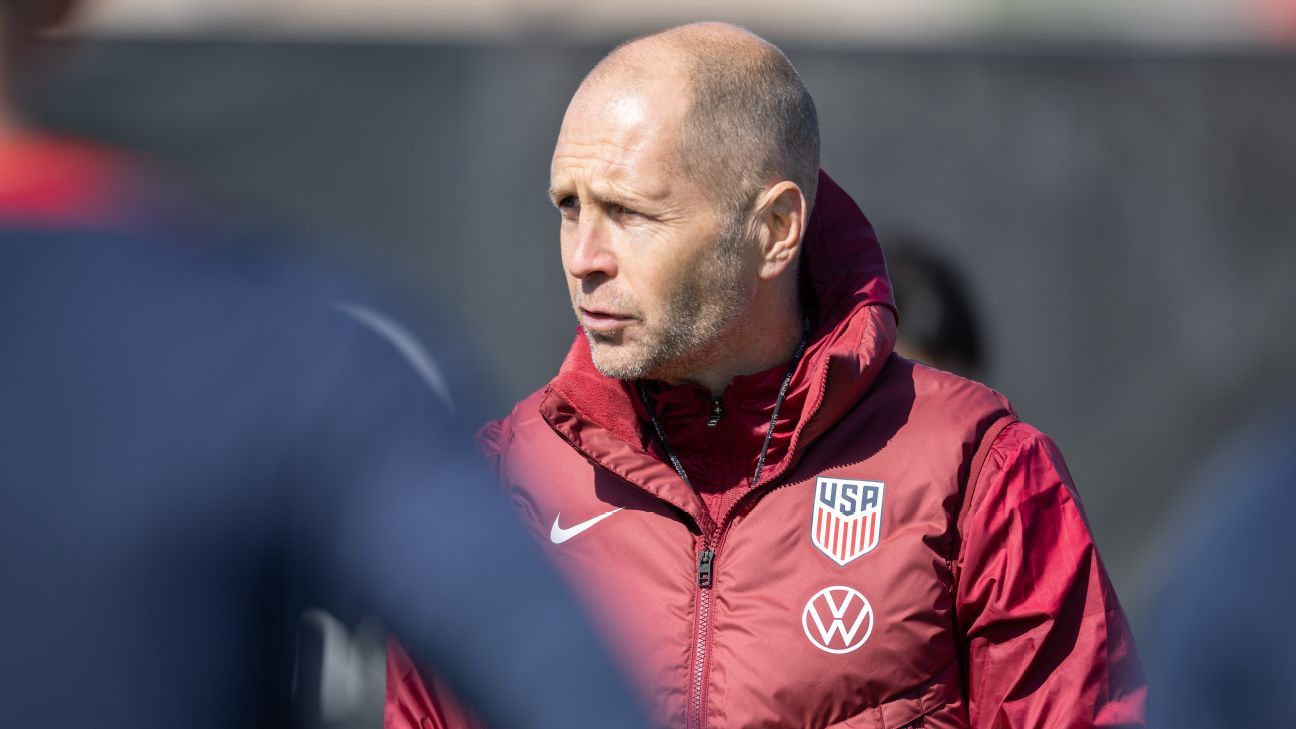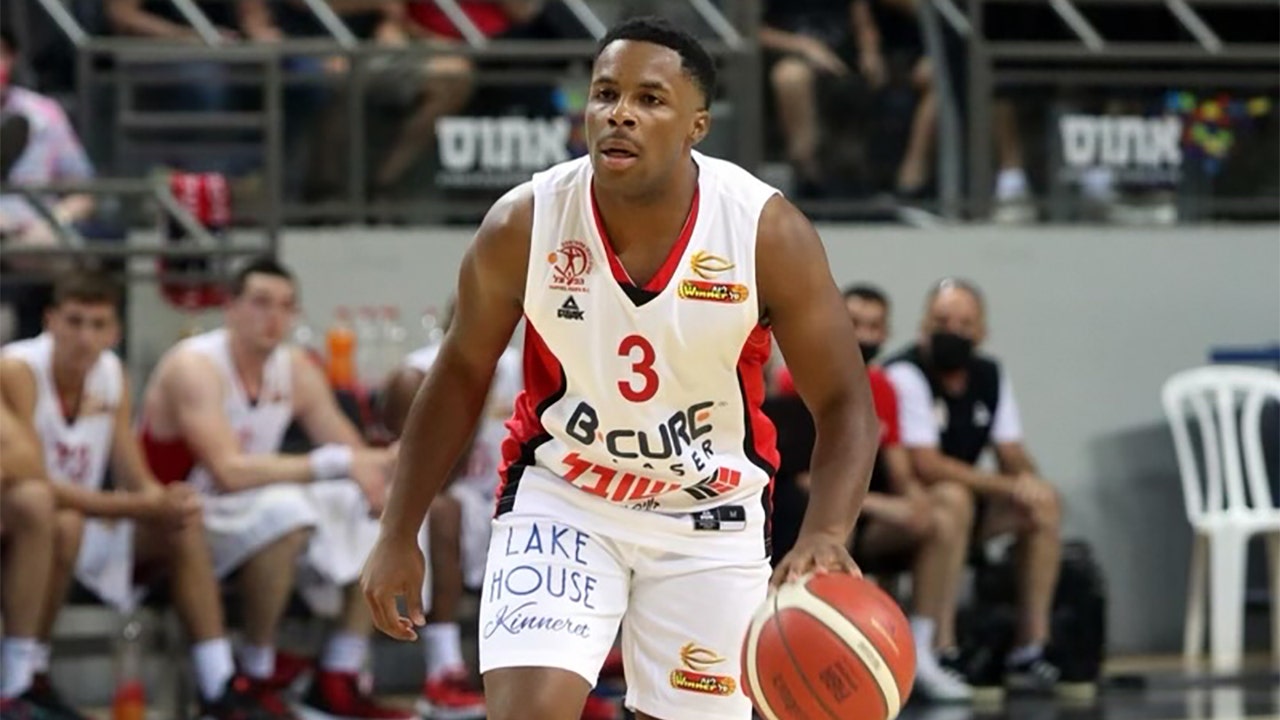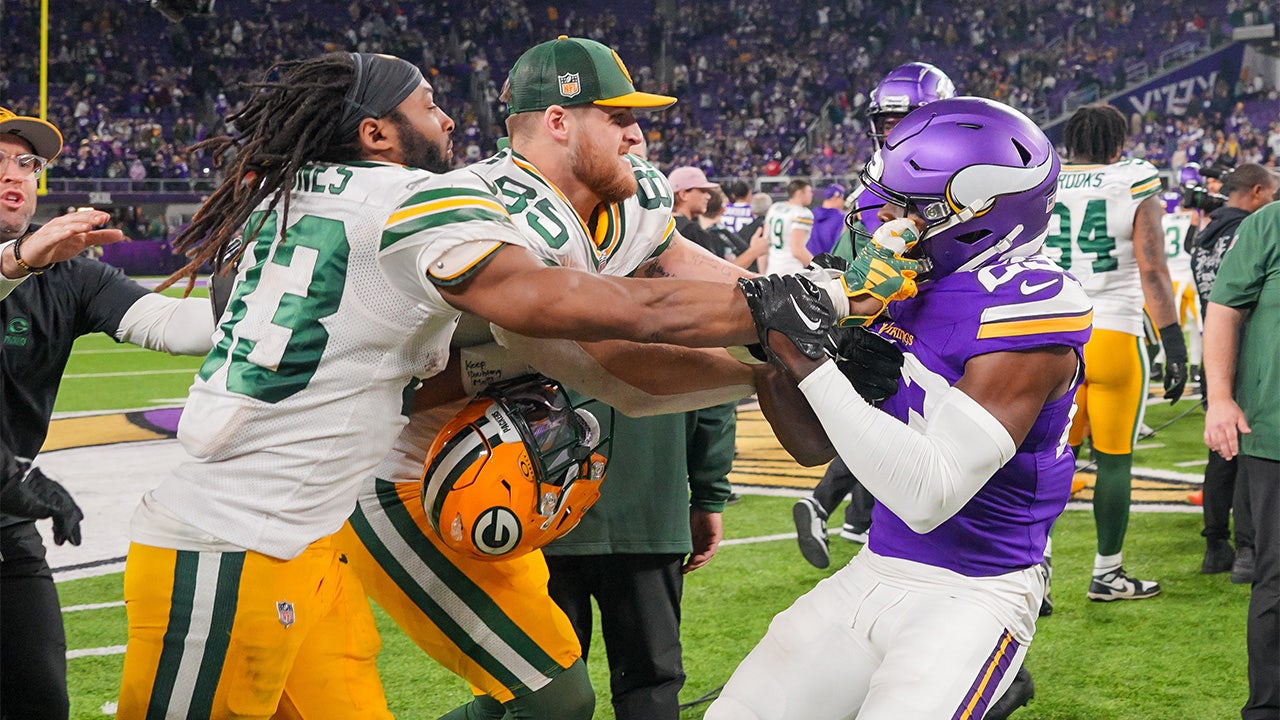KANSAS CITY, Mo. — When Gregg Berhalter addressed the media Monday following the U.S. men's national soccer team's 1-0 loss to Uruguay, a result that eliminated them from the 2024 Copa America in the group stage, he was asked if he was the right voice and person to lead the Americans at the 2026 World Cup.
He responded with a barely audible “Yes.”
Berhalter’s response was not surprising. While resignations during press conferences are not unheard of, it is rare for a coach to not give himself support at a time like that. That said, Berhalter’s response contradicted the available evidence. The United States was knocked out of the Copa America at the first hurdle in a tournament that it not only hosted in front of supportive crowds but was also assigned a completely manageable group that, in addition to Uruguay, included Bolivia and Panama.
But even those tailwinds weren't enough to push the U.S. into the knockout rounds. Instead, what was seen was a team that hurt itself with devastating mistakes and couldn't find a way to get the results it needed.
Are the players at fault? Surely they are. But Berhalter also has to take credit for his performance. As a result, the U.S. Soccer Federation must move on and find a new coach who can generate the kind of momentum that the 2026 World Cup has the potential to provide.
To be clear, there are broader reasons for calling for a new coach than the results of a single tournament. The most damning is that the United States has failed to make any discernible progress since encouraging performances at the 2022 World Cup, when a young team reached the knockout stages. The expectation was that the team’s young core would improve and take the next steps to join the global elite.
Instead, the USMNT appears to be regressing, even with the addition of forward Folarin Balogun, arguably the team’s best player in the tournament, as well as a more involved Giovanni Reyna. The gap between the U.S. and Concacaf teams not named Mexico appears to be narrowing. At the time, the second-leg loss to Trinidad & Tobago in the Concacaf Nations League (the U.S. still prevailed on aggregate) and the CNL semifinal performance against Jamaica (against whom it took a fortuitous own goal in second-half stoppage time to ultimately prevail in overtime) seemed like blips. With the benefit of hindsight, they now seem like harbingers of things to come, whether it’s defensive lapses, lapses in discipline, or a lack of creativity. Add them up and you get a team that looks disjointed and inconsistent on the field.
That was on full display Monday night. The U.S. started well and gave everything it could to Uruguay, currently second in South America’s World Cup qualifying. And there was a minute, even seconds, when it looked like the U.S. might sneak into the knockout rounds. Bruno Miranda had just tied for Bolivia in its match against Panama, and with the U.S. tied 0-0 with Uruguay, the Americans were on the cusp of advancing on goal difference. What seemed out of reach before the game was suddenly within reach.
1:59
Moreno explains what the USMNT did wrong against Uruguay
Alejandro Moreno believes the United States had the wrong game plan against Uruguay in their crucial Copa America group stage match.
And then it was snatched away. Uruguayan defender Mathías Olivera cleared a rebound from Ronald Araújo's header to score the goal. The light blue Panama took the lead in the 66th minute, a play that looked offside on replay. Panama soon regained its lead against Bolivia. And with Uruguay's notoriously physical play grinding the U.S. to the ground, the goal of advancing in the Copa America was out of sight.
But this was just one of a series of missed opportunities for the U.S. in this tournament. They failed to punish Bolivia with more goals in the first game, to increase their goal difference. Then there was the catastrophic red card to Timothy Weah early in the game against Panama. That incident in itself is not Berhalter's fault. But the fact that the U.S. took the lead in that game through Balogun, only to lose the lead immediately, and ultimately a late winner, was another example of this team failing to get the job done. Too often it seems the U.S. put itself in a position to progress only to prove it could not capitalize on those opportunities.
Both Berhalter and some of the players stressed that the intensity with which the team started the match had to be present throughout.
“I think we have to get better at each other,” goalie Matt Turner said. “We have to hold ourselves to a higher standard. We have to have that basic intensity that we showed in this game every game and every minute. Because in tournament style, the game, every decision, every call, every shot you miss, every shot you stop, every shot you don't block, everything is magnified tenfold.”
After five years with Berhalter at the helm, why? Berhalter didn't have an answer to that question. Neither did Turner. One reason that doesn't hold up is the team's relative youth. They're players in their prime with plenty of experience under their belts. Playing with intensity shouldn't be a problem, and yet it is.
The team’s relative lack of creativity remains an issue, as it finished the match with an xG of just 0.56. Against Uruguay, there seemed to be a touch that was just a little bit loose or a shot that took just a little bit longer to come out. To Uruguay’s credit, it defended tenaciously, which is the spirit that has been the backbone of its success for over 100 years. It used to be part of the U.S. spirit, too, but for some reason it comes and goes now. That’s Berhalter’s fault, too.
All the players continue to support Berhalter. There was a lot of self-criticism.
“I don't think this tournament had anything to do with personnel, tactics or the way we played,” Reyna said. “I think it was more individual mistakes and I think the personnel can only do so much. I think in the end, the players have to take the initiative on the field and I think in the end the players didn't do enough to get through.”
There is some truth to this. This current crop of players have been highly praised for being around for five years now. Considering what some of them have achieved at club level, there is some justification. But there has also been some stagnation. Some players are not getting the necessary game time with their clubs, which is where most of their improvement has come from.
But there also seems to be a comfort level within the team that isn’t healthy. There is often tension within national teams when a big tournament is looming. Is a player in the coach’s plans? How does he stay there? If he’s not, how does he get there? That doesn’t seem to be present right now. Changing coaches every cycle recalibrates that tension, as everyone starts over. That’s part of the reason a coaching change seems necessary now.
What's next? After the match, U.S. Soccer Federation sporting director Matt Crocker issued the following statement: “Our performance in the tournament did not live up to our expectations. We must do better. We will conduct a thorough review of our performance at the Copa America and how to improve the team and results heading into the 2026 World Cup.”
This sounds suspiciously similar to the process used after the U.S. women’s soccer team was eliminated from last year’s Women’s World Cup in the round of 16, its earliest World Cup exit. A few weeks later, then-coach Vlatko Andonovski resigned. It won’t be a surprise if Berhalter suffers a similar fate.

